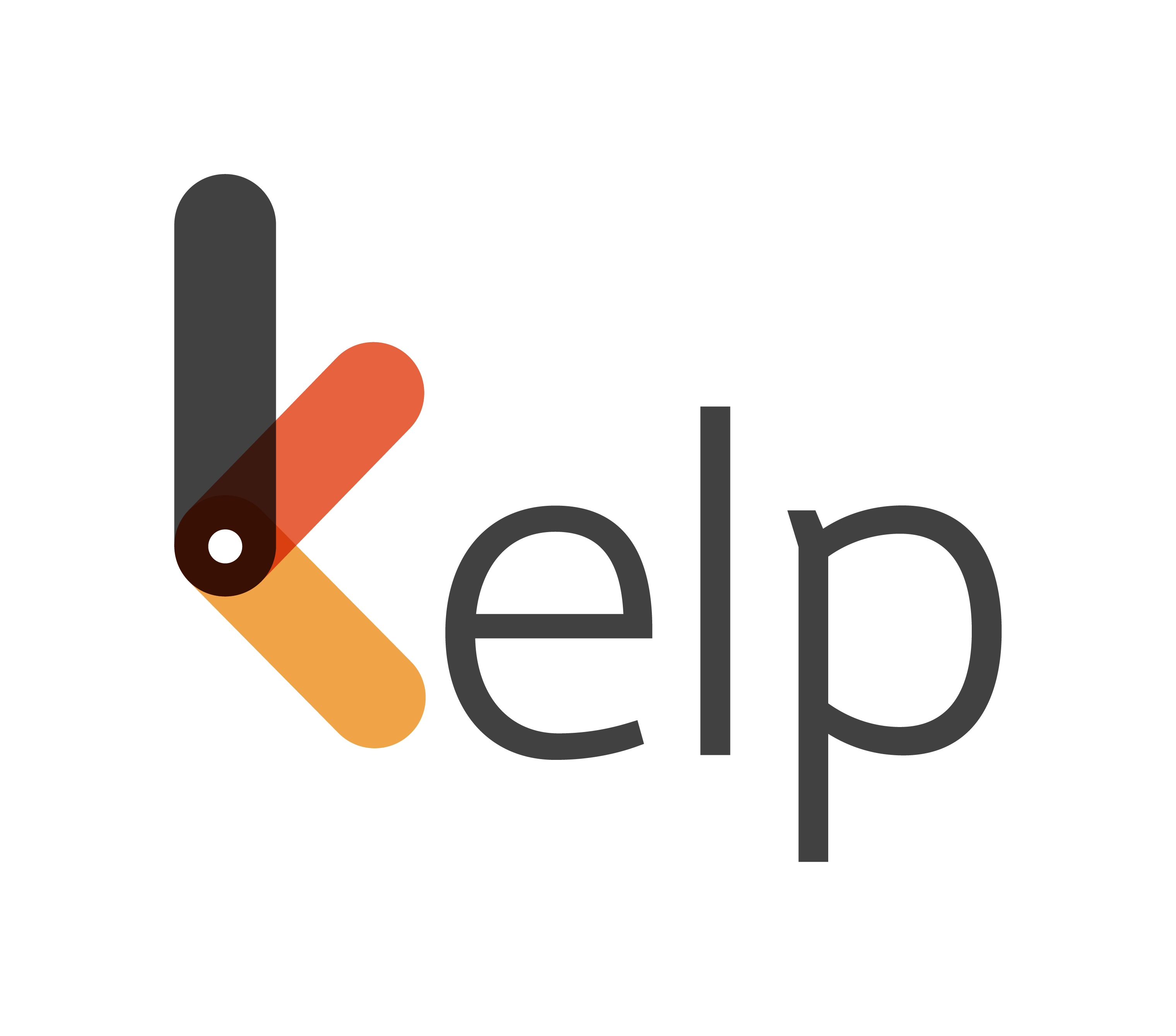
Risks Associated with EAP
Risk-awareness and mitigation strategies for successful implementation of EAPs
EAPs are undoubtedly good for our employees and the organisation. However they do carry inherent risks. Knowing what these are and having a plan to mitigate them is part of ensuring that the EAP is a success. Here are the points to consider:
Lack of Use
In spite of all the efforts from the HR’s side to provide suitable EAP services, employees might not avail them, defeating the purpose of establishing an EAP in the first place. This may be due to stigma or lack of time or other reasons.
Mitigation Strategy:
Spreading awareness to break the stigma, constantly reassuring employees that the EAP is implemented in their best interests and ensuring that there is no breach of confidentiality, except in extreme cases, are the ways to increase usage. This takes time and patience.
Poor Services
The EAP vendor may not provide quality services, as promised at the time of signing the contract, or they may deteriorate over time. The vendor’s employees can get replaced with inadequately qualified personnel causing a drop in the standard. Certain services may be abruptly cut off.
Mitigation Strategy:
A constant check must be maintained by the HR on the quality of services. This can be done by keeping in touch with the vendor and seeking feedback from employees. The HR team must also be open to supporting the vendor or employees within the scope of their responsibilities to maintain the quality and availability of services.
Cost angle
The cost of the services might exceed the value derived from such services. This might not happen immediately or at the beginning but can creep in slowly, making it difficult to spot. It can hurt the profitability while not being sufficiently beneficial to the employees and the organisation.
Mitigation Strategy:
A cost-benefit analysis must be performed periodically. The HR must collaborate with the Finance team to understand the cost and fund-flow impact of the EAP and come up with measures to maximise the utility of the services.
Distraction
EAP related activities might distract employees from their official work. They might tend to focus on resolving their non-work-related issues when they are supposed to be working on their deliverables, which may be counterproductive.
Mitigation Strategy:
The scope, timing and duration of EAP services must be well-defined from the very beginning, with the exception of emergencies. Adherence to these policies must be emphasised so that employees do not lose sight of their professional duties.
Redundancy
The reasons for which certain EAP services were introduced may not exist after a point of time. This will hurt the organisation financially and cause additional administrative work that does not benefit the employees. The gamut of services that are offered by the vendor may not be relevant to employees.
Mitigation Strategy:
The HR must obtain timely and periodical feedback from employees on whether or not the EAP services are relevant and useful. Care must be taken to ensure that the spectrum of services caters to most, if not all, employees.
Understanding these risks and following the mitigation strategies while implementing an EAP will ensure that the organisation and its employees are protected in the face of adversity.








